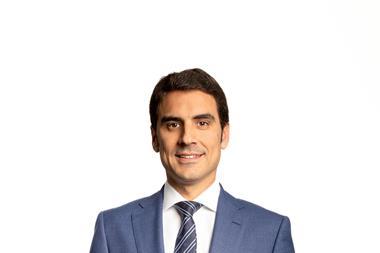NORWAY – The Norwegian Pension Fund Global has conceded it will still take several years before it is able to meet its target of investing 5% of assets in real estate.
Addressing the parliamentary standing committee for finance and economic affairs earlier this week, the chief executive at Norges Bank Investment Management, Yngve Slyngstad, said it was now gradually building the "capacity and competence" required for its property investments.
"It will take a few years to reach the targeted 5% allocation to real estate," he said.
"The bulk of investments will be in commercial buildings and office premises, primarily in the major urban centres of the world."
When the fund first received permission to invest in real estate in early 2010, 5% of assets amounted to a NOK130bn (€16.12bn) investment.
However, the fund has since grown in size to NOK4.1trn at the end of last quarter, increasing assets available for real estate investment to more than NOK200bn.
To date, it has only achieved a 0.9% exposure to real estate.
The fund has previously acknowledged it would need to take part in large deals in order to meet its target.
It has so far mostly invested in Europe, buying properties in Switzerland, France, Germany and the UK, but was recently granted permission to invest in the US market – in February agreeing a $1.2bn (€900m) joint venture with TIAA-CREF for five office properties in large American cities.
Speaking at the same hearing, Øystein Olsen, governor of Norway's central bank, stressed the importance of real assets – both the fund's 62.4% allocation to equity and its property portfolio – to achieving high returns in a low-yield environment.
He pointed out that, when the 5% real estate target was met, real assets would comprise two-thirds of the fund's overall portfolio.
"The long-term expected return on real assets is higher than on nominal bonds," he said.
"The risk is also higher, but the long-term investment horizon puts us in a solid position to carry that risk."
"The key to realising the higher return is to adhere to the strategy also in times of heightened uncertainty, as we did through the financial crisis in 2008 and 2009."












